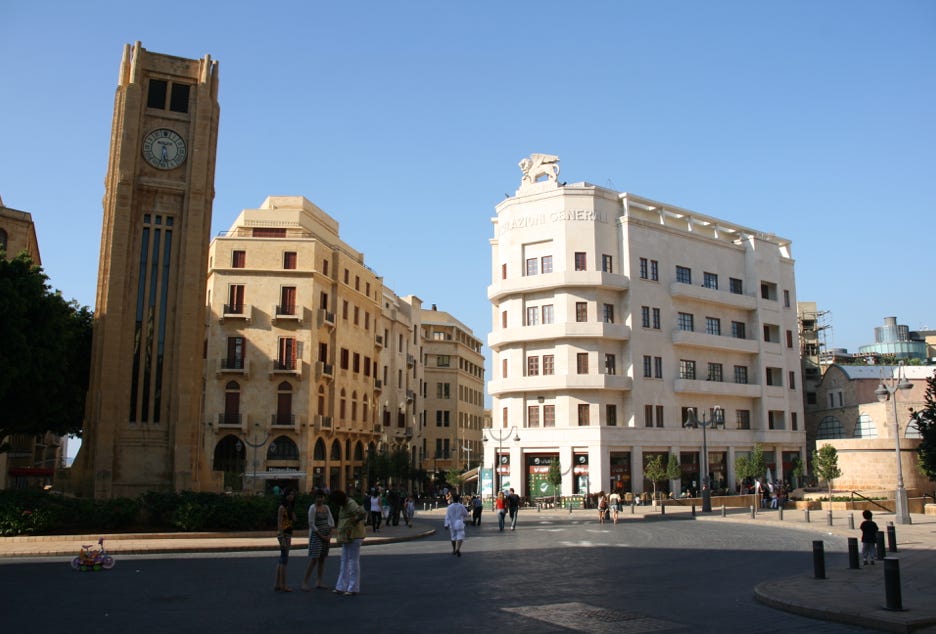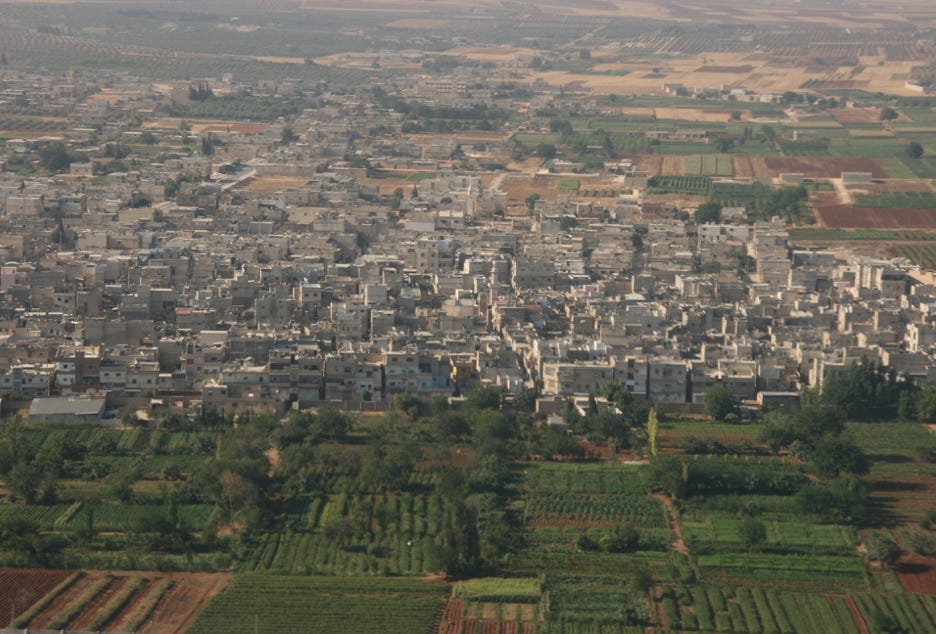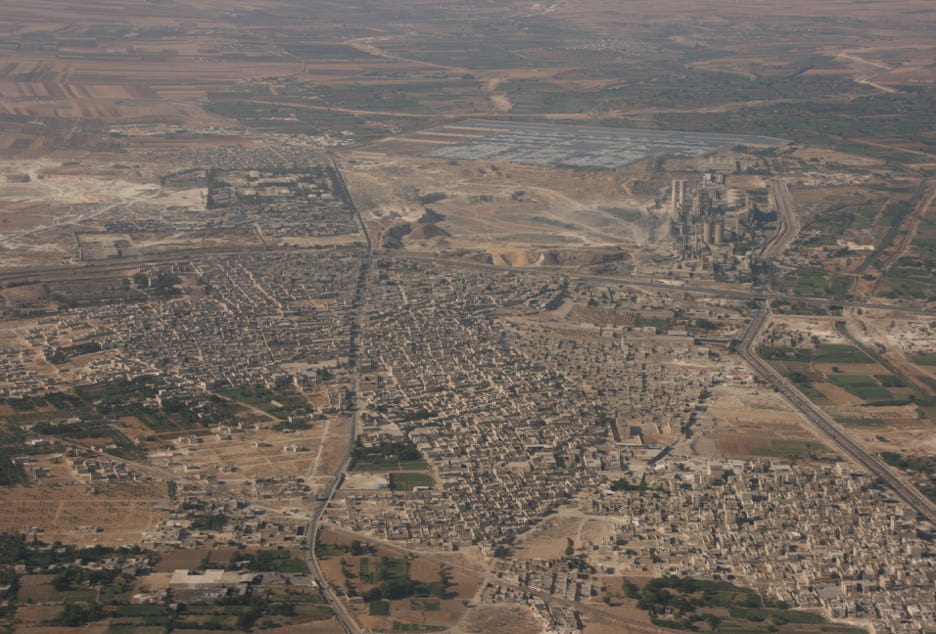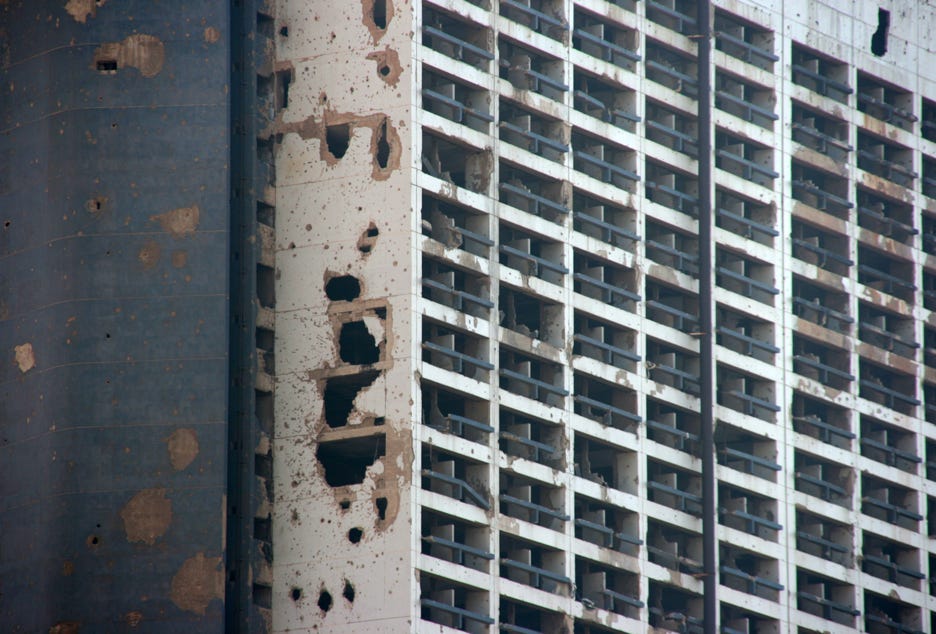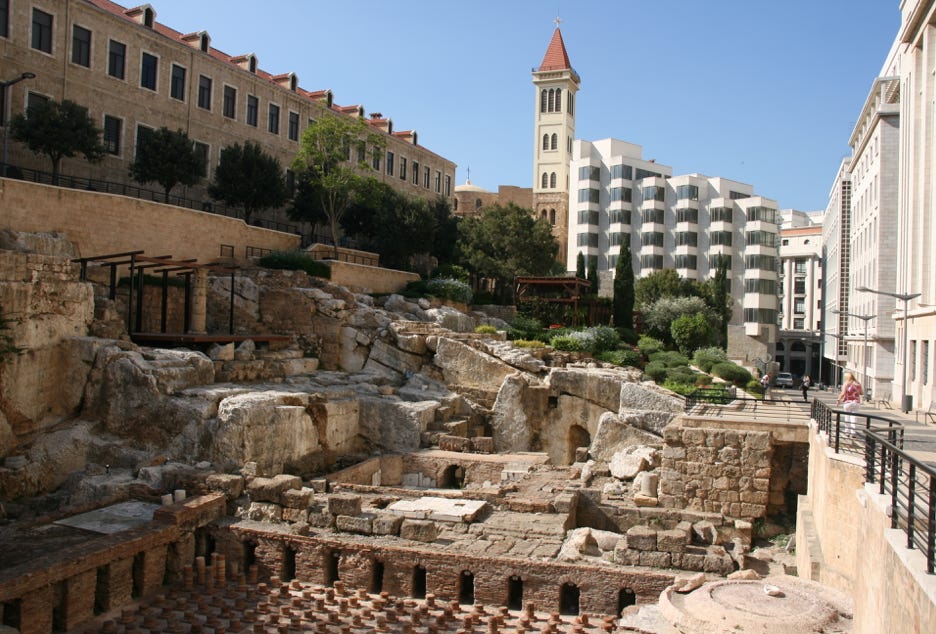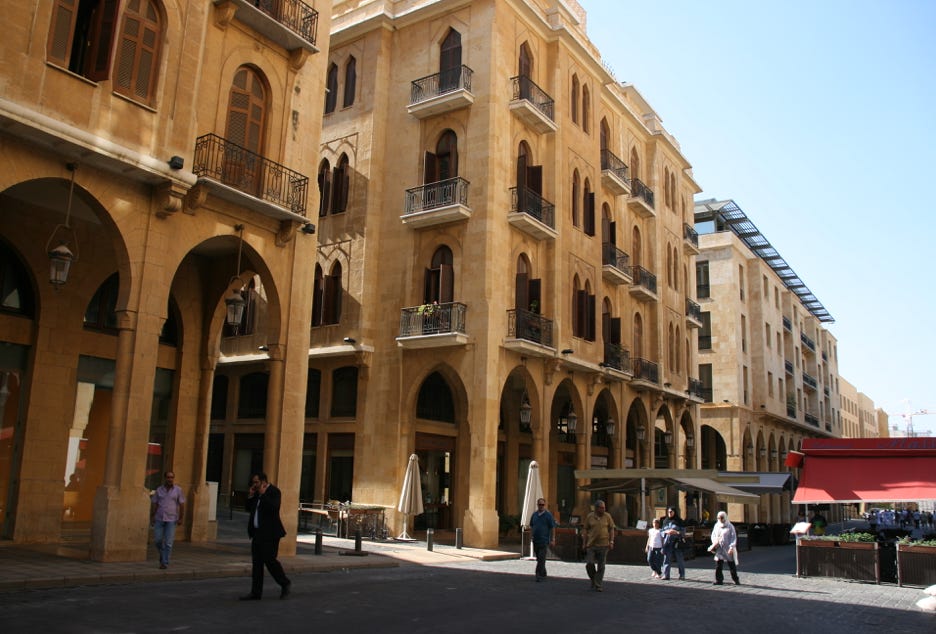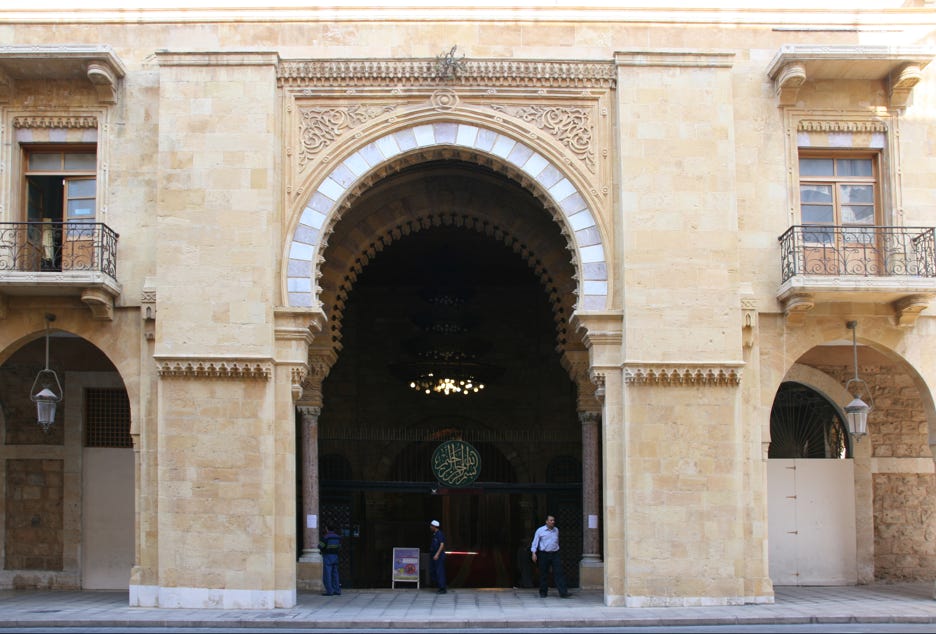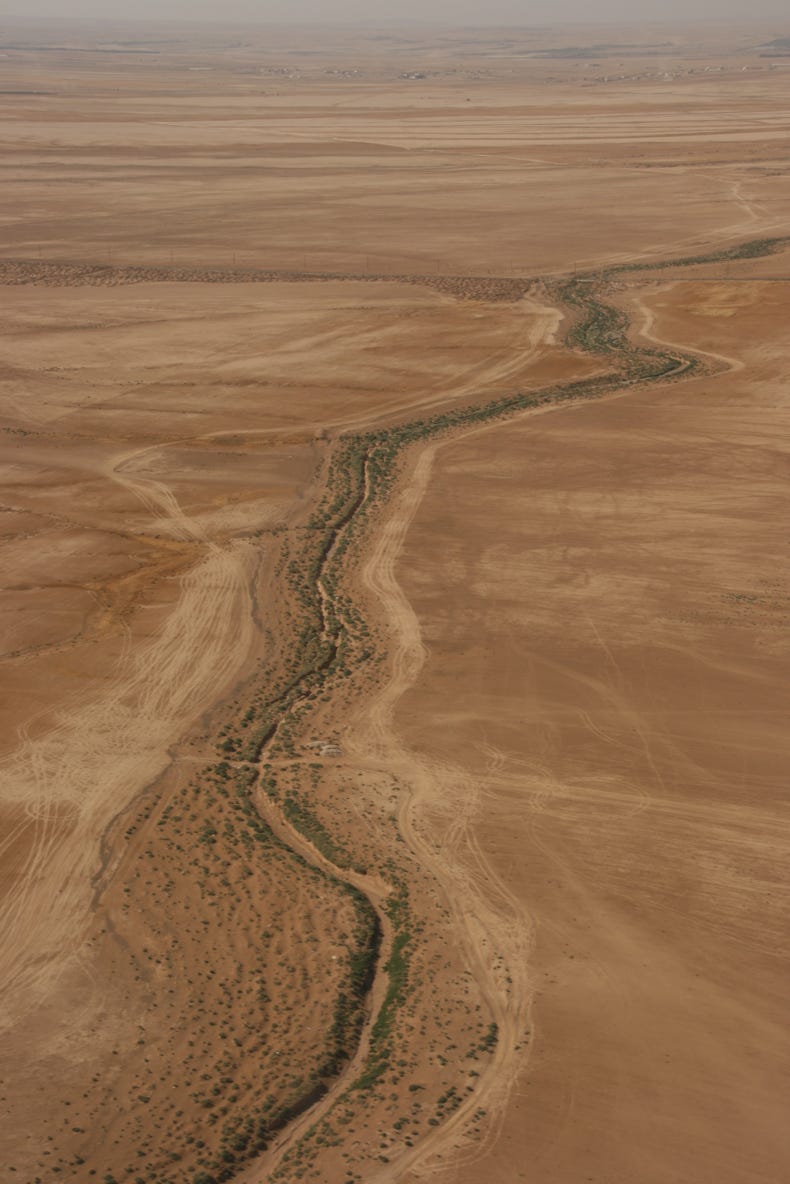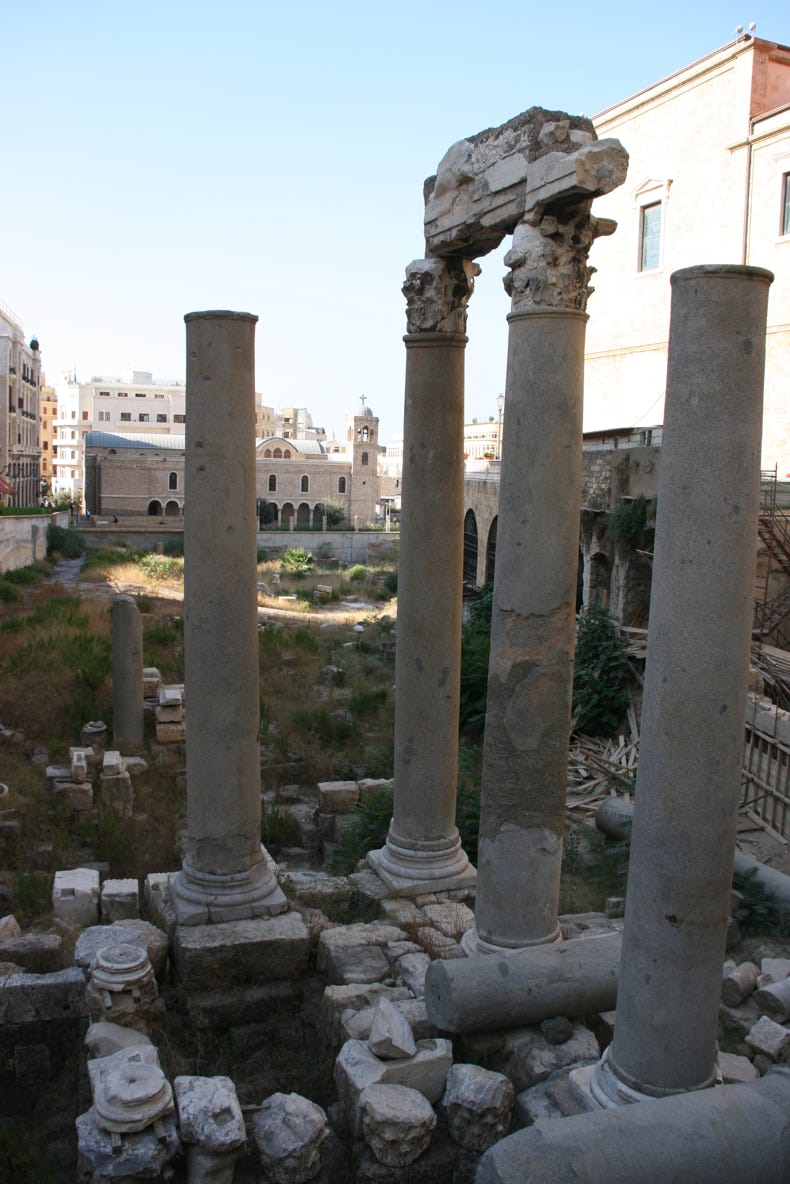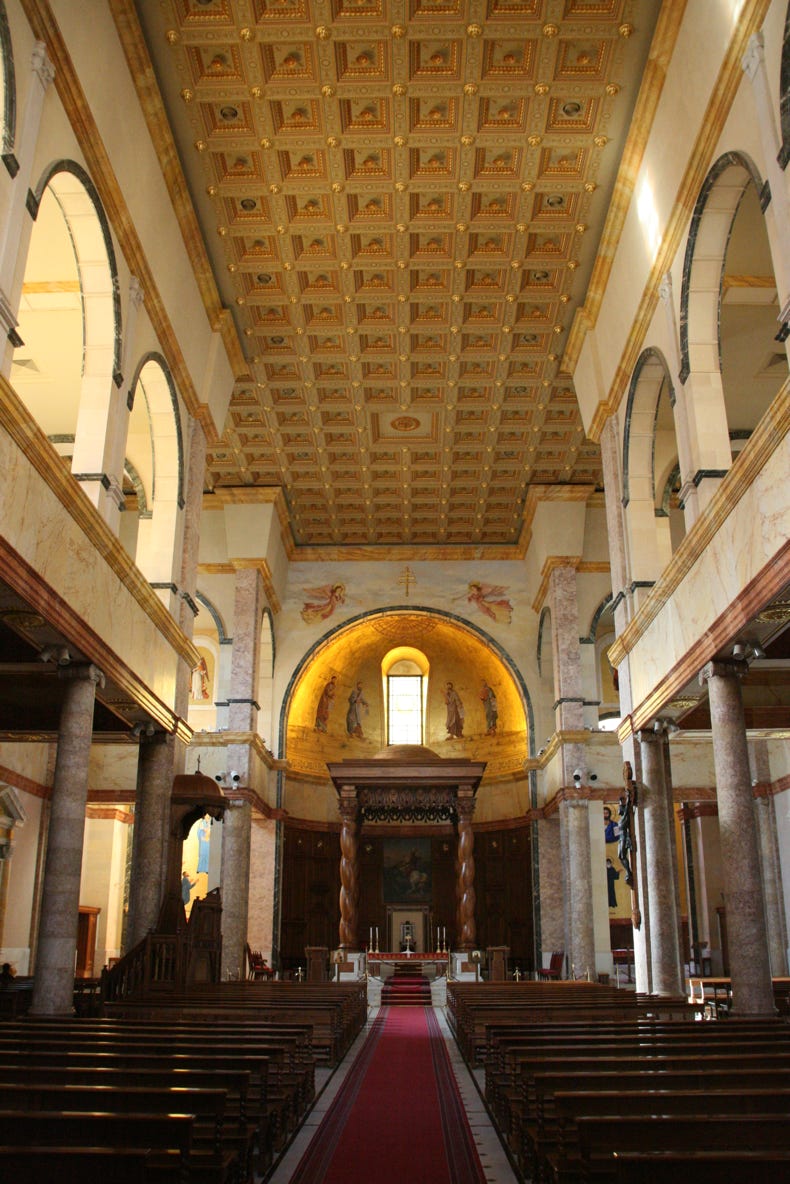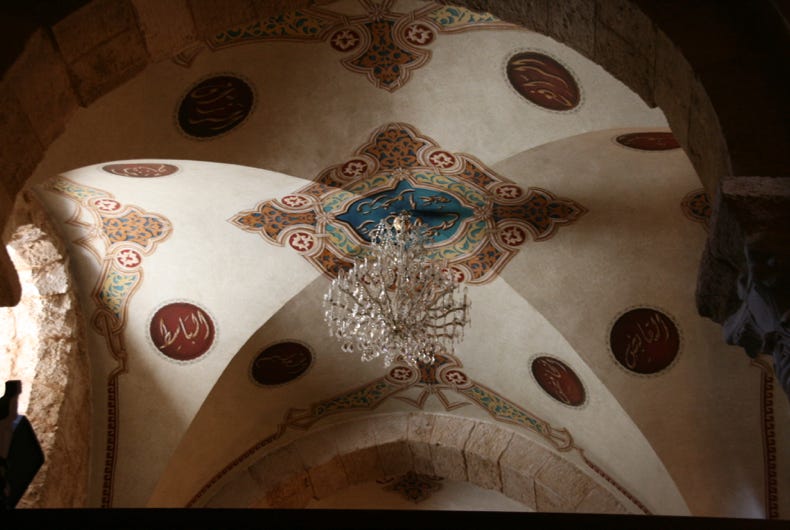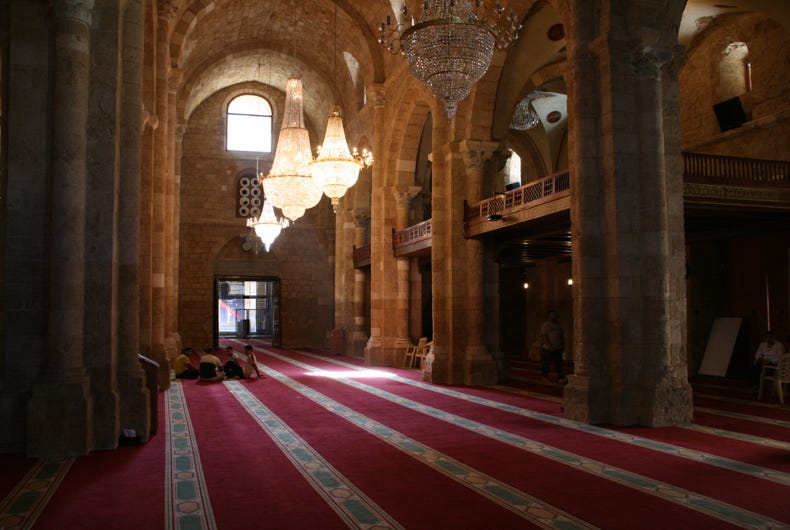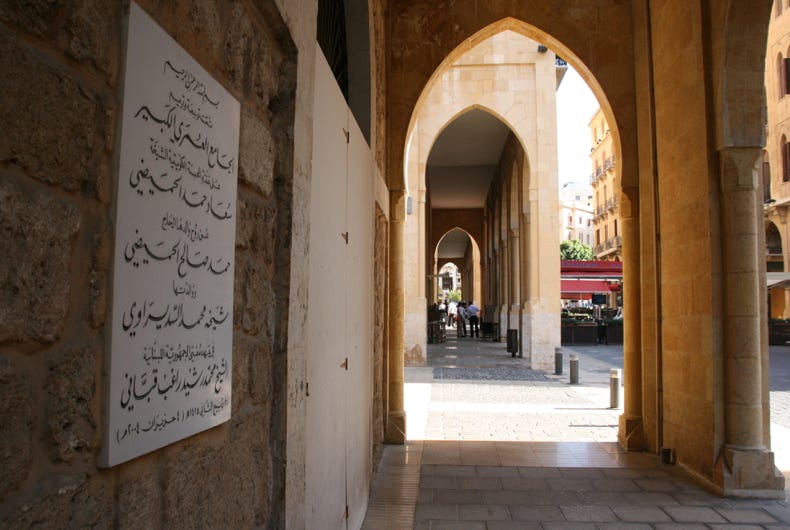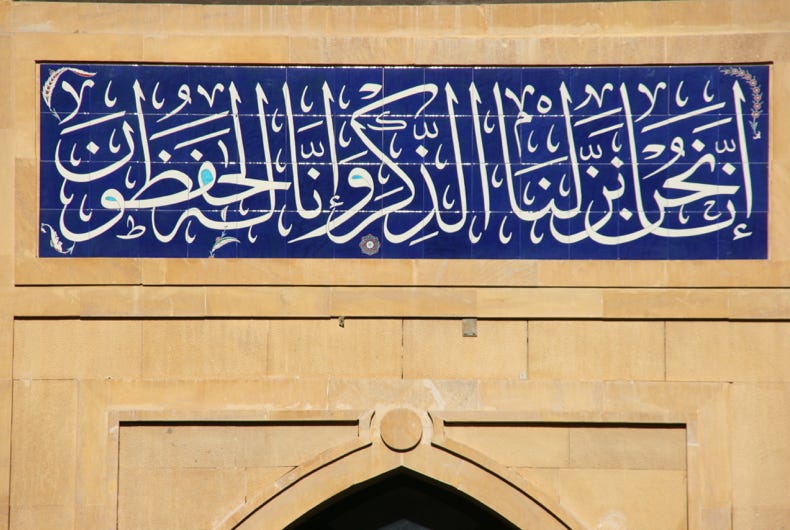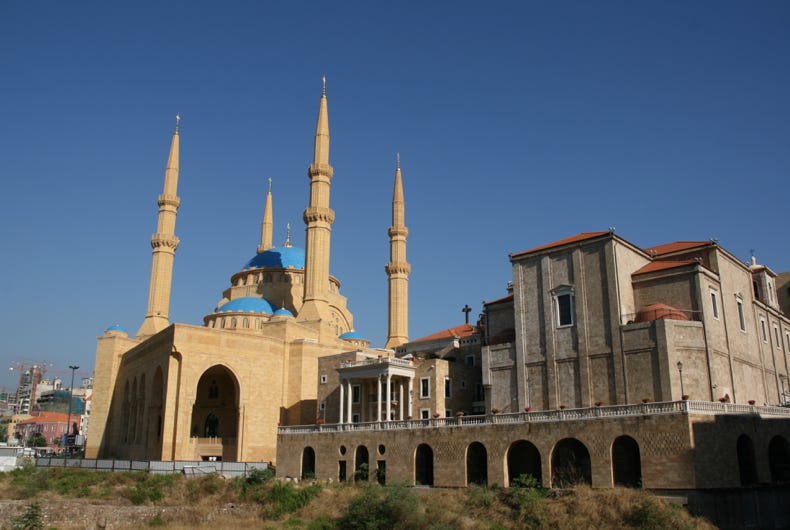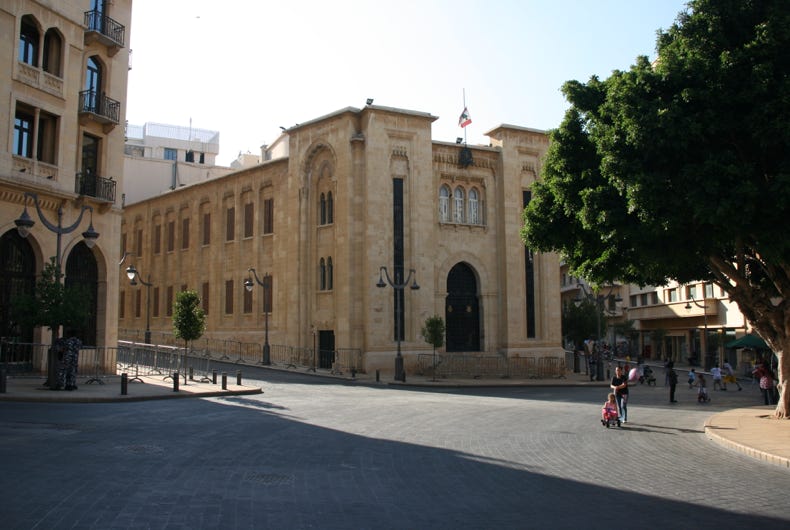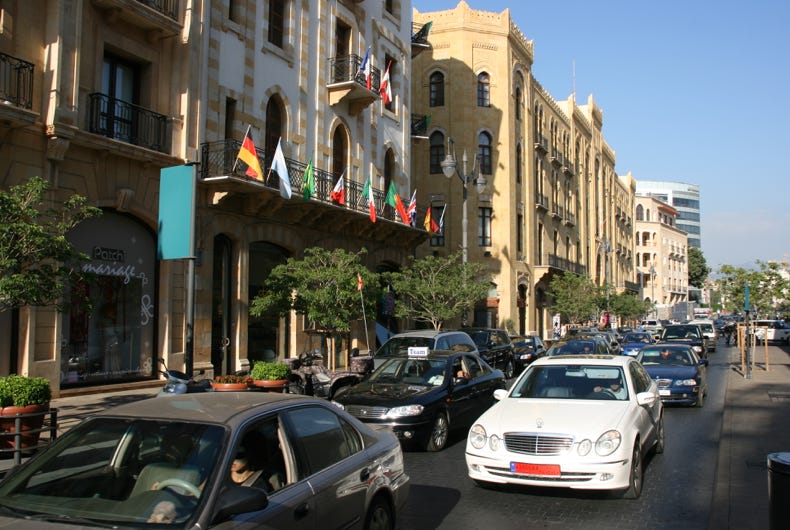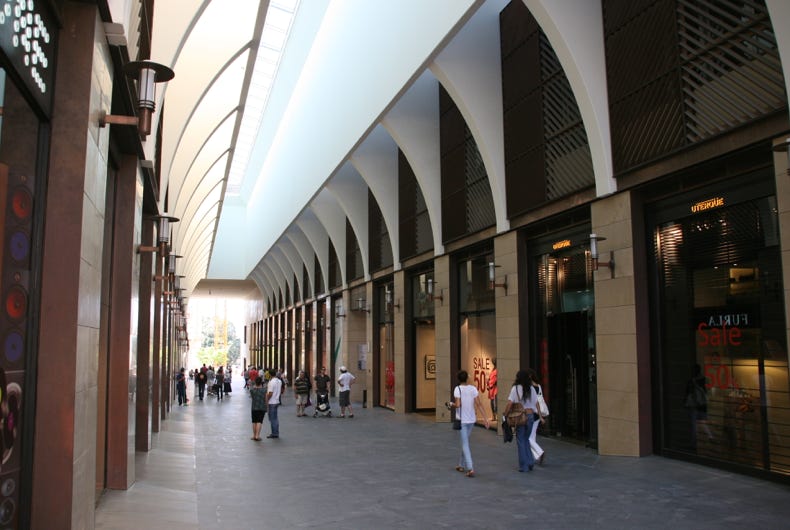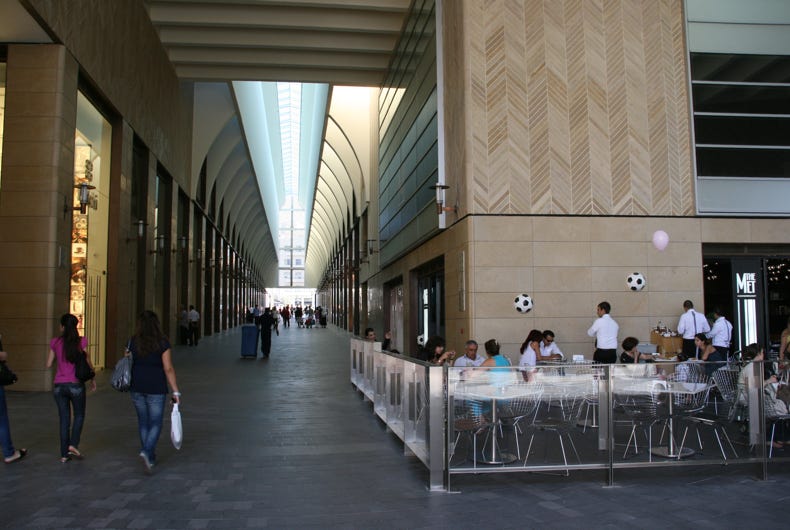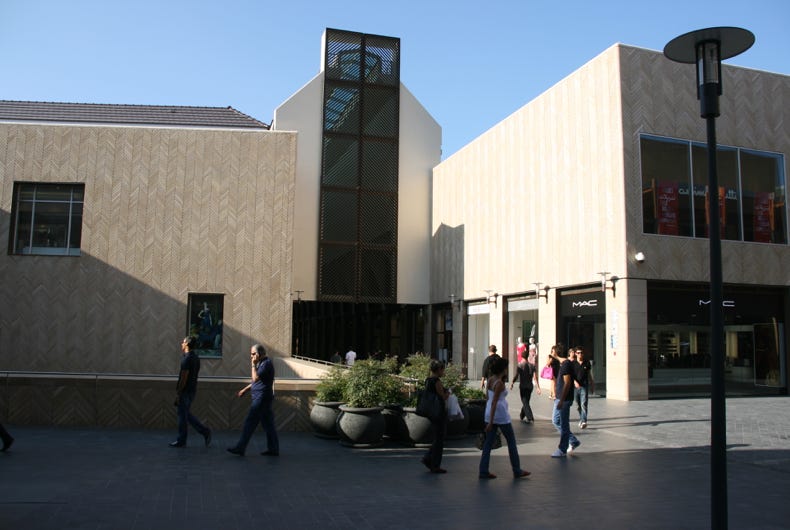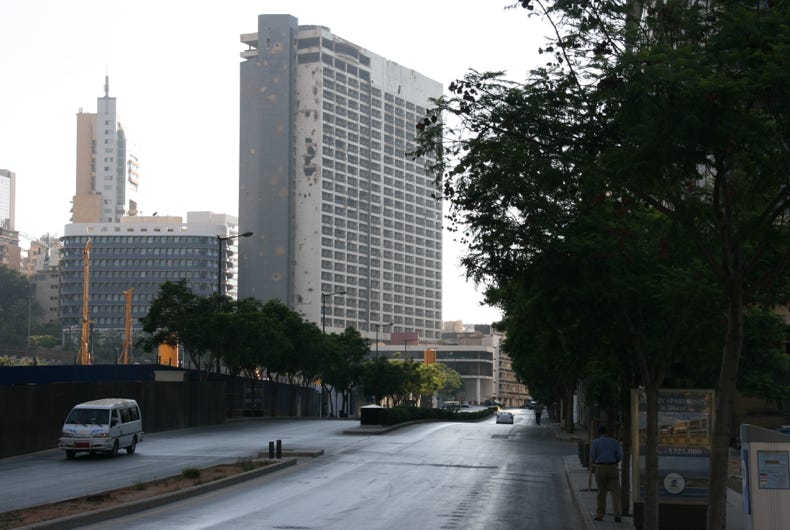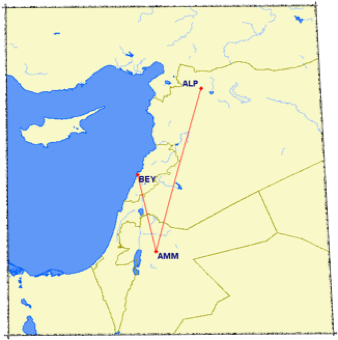
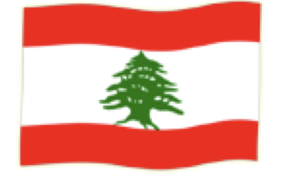

This morning was another one of those really early starts. We were still in Aleppo (Syria), and the alarm rang on cue at 4:30 am. It was still dark outside, not that it made any difference to us in a room without any windows to the outside world. We showered with the same tepid water that we had become used to ever since arriving in Aleppo, dressed under the dim glow of the two 15 watt light bulbs in our room (only one of which has been working), and went out to the laneway outside to find the taxi we had arranged the previous night to take us to the airport.
We had been told that we needed to arrive at the airport two hours before the flight departure time, which was 8 am. We were also told that the taxi trip would take half an hour; it actually took ten minutes. Aleppo Airport is a sleepy place even at its busiest time of the day (which means two flights within an hour of each other); at 5:40 am it was absolutely comatose. Eventually, at about 6:20 am, the security gate was opened by a yawning janitor and we were allowed to enter and check-in for the flight, after which we proceeded to the immigration desk. This entailed another wait of about a quarter of an hour, sitting and standing until the single immigration officer arrived to process our passports.
A further wait ensued, during which I decided to use my sole remaining 25 pound coin (about 50 cents) for what turned out to be a minute plastic cup of froth with sugar at the bottom from a vending machine (officially it was a “Nescafé with milk”). My stomach has been a bit fragile all day as a result; I probably should have souvenired the coin.
Our flight to Amman took off early, and landed even earlier. To be precise, our one hour flight landed 45 minutes early; I suppose that validated the lack of urgency we experienced at Aleppo Airport. Our transit at Amman Airport was spent catching up on e-mails and Facebook pages; we had been without the latter during our six days in Syria. Then, right on time, our flight to Beirut departed at 12 noon.
Upon approaching Beirut, it was immediately obvious that Lebanon was a very different place to Syria. Apart from being situated at a coastal location at the eastern end of the Mediterranean Sea, there were modern glass and concrete high rise buildings, large numbers of new cars, more vegetation in the surrounding inland areas, and a much more cosmopolitan mix of cultures, religions and attitudes.
Lebanon claims to have 18 officially recognised religious groups, including Muslim (Shi’ite, Alawite, Ismaili, Sunni), Christian (Maronite, Greek Orthodox, Greek Catholic, Armenian Catholic, Gregorian, Syrian Orthodox, Jacobite, Nestorian, Chaldean, Coptic, Evangelical, Roman Catholic), Druze and Jewish. Officially this is used as an argument to show how tolerant the Lebanese people are; the experience of various civil wars (the last of which only finished in 2005 with the withdrawal of Syrian troops). As recently as 2008 there were bomb attacks and street fighting between various groups, and when we went for a walk downtown this afternoon, one of the first things we noticed was several bullet and bomb-destroyed buildings amidst the building boom of new construction. The Holiday Inn was perhaps the most spectacular example of this; it was opened just a few weeks before the civil war broke out, and it quickly became a favoured point for snipers because of its height and good views of the surrounding areas.
Our walk downtown also revealed the glory of Lebanon’s colourful past, from the remains of the Roman Baths and the Cardo Maximus through to the French colonial era. Our favourite part of the downtown zone was the area around the Place de l’Étoile, where streets with French colonial buildings serving sidewalk coffee lined the streets that radiated out from the central clock tower like the rays of the sun. Several significant buildings were located right at the Place de l’Étoile, including the Parliament Building. The streets had all been closed to traffic by steel barriers guarded by camouflaged soldiers wielding machine guns, and several of the footpaths were also barricaded as protection from bomb attacks. Nonetheless, the overall atmosphere was casual, relaxed, sophisticated and actually more European than Middle Eastern.
Just a couple of minutes walk north of the Place de l’Étoile was one of Beirut’s most significant mosques, the Al-Omari Mosque. Like the mosques in Syria, visitors and photography were welcomed. As the architecture suggests, the building was originally built by the Crusaders (the Knights Hospitaller) as a Christian church, known as the Church of St John the Baptist. However, it was converted into a mosque in 1291.
Perhaps a better example of co-operation between religions was found just a couple of small blocks away where the new Mohammed al-Amin Mosque has been constructed right beside St George’s Cathedral, a Maronite church that dates from the Crusades. We did take a look inside the Maronite Cathedral and were amazed by its huge size – it is much larger inside than the outside appears. Interestingly, unlike the mosques, photography was discouraged in the Christian Cathedral.
As sunset approached, the heat, the tiredness of the long day, the car fumes and my fragile stomach were starting to take their toll, so we returned to the hotel. On the way, we took a look at what passes for a souq in Beirut – a structure that could pass as a modern shopping mall in many parts of the world.
As I said, Beirut is a very different place from Aleppo.

